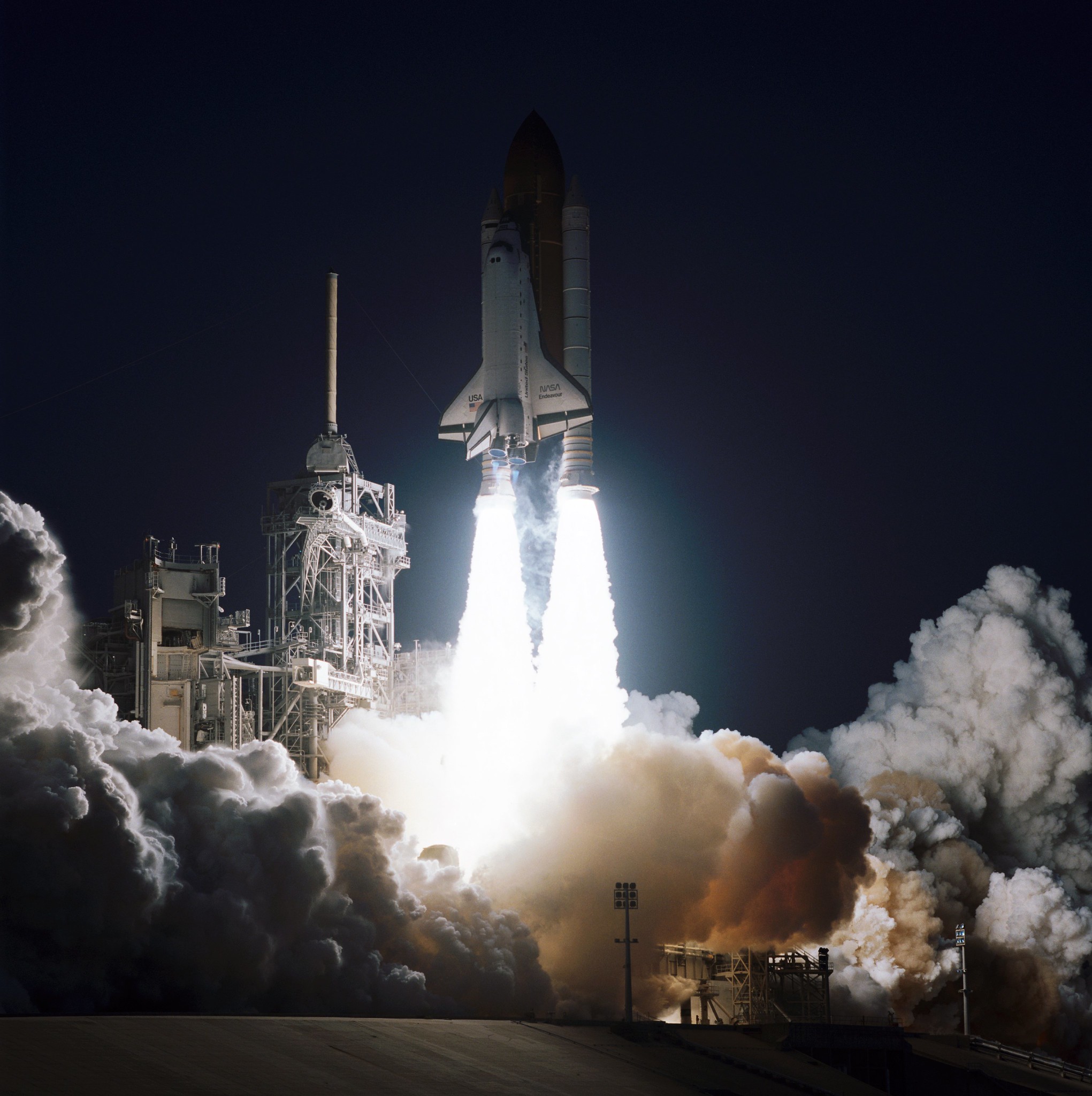
Twenty-five years ago, this summer, America’s Space Shuttle Program sprang from a hearts-in-throats launch abort on the cusp of liftoff to triumphantly executing four flawless missions in as many months. In July 1994, Columbia and her STS-65 crew had set a new duration record for the fleet, after which three other missions would follow in the late summer and early fall, using powerful radar, lidar and other solar and atmospheric physics instrumentation to create a comprehensive picture of Earth’s surface and climate. Within days of STS-65’s return, shuttle Endeavour rolled out to Pad 39A at the Kennedy Space Center (KSC) in Florida, targeting an 18 August liftoff and the second Space Radar Laboratory (SRL-2). It was hoped that the STS-68 mission would repeat the observations from SRL-1 a few months earlier, to develop a comprehensive radar picture of Earth’s changeable surface.
But no one could have foreseen as Commander Mike Baker and his crew—Pilot Terry Wilcutt, Payload Commander Tom Jones and Mission Specialists Steve Smith, Dan Bursch and Jeff Wisoff—boarded the shuttle in the pre-dawn darkness that morning that they would fall victim to one of the most harrowing aborts in NASA history. To this day, theirs remains the closest to liftoff a shuttle crew ever reached, without actually breaking the shackles of Earth, igniting the Solid Rocket Boosters (SRBs) and launching into space.
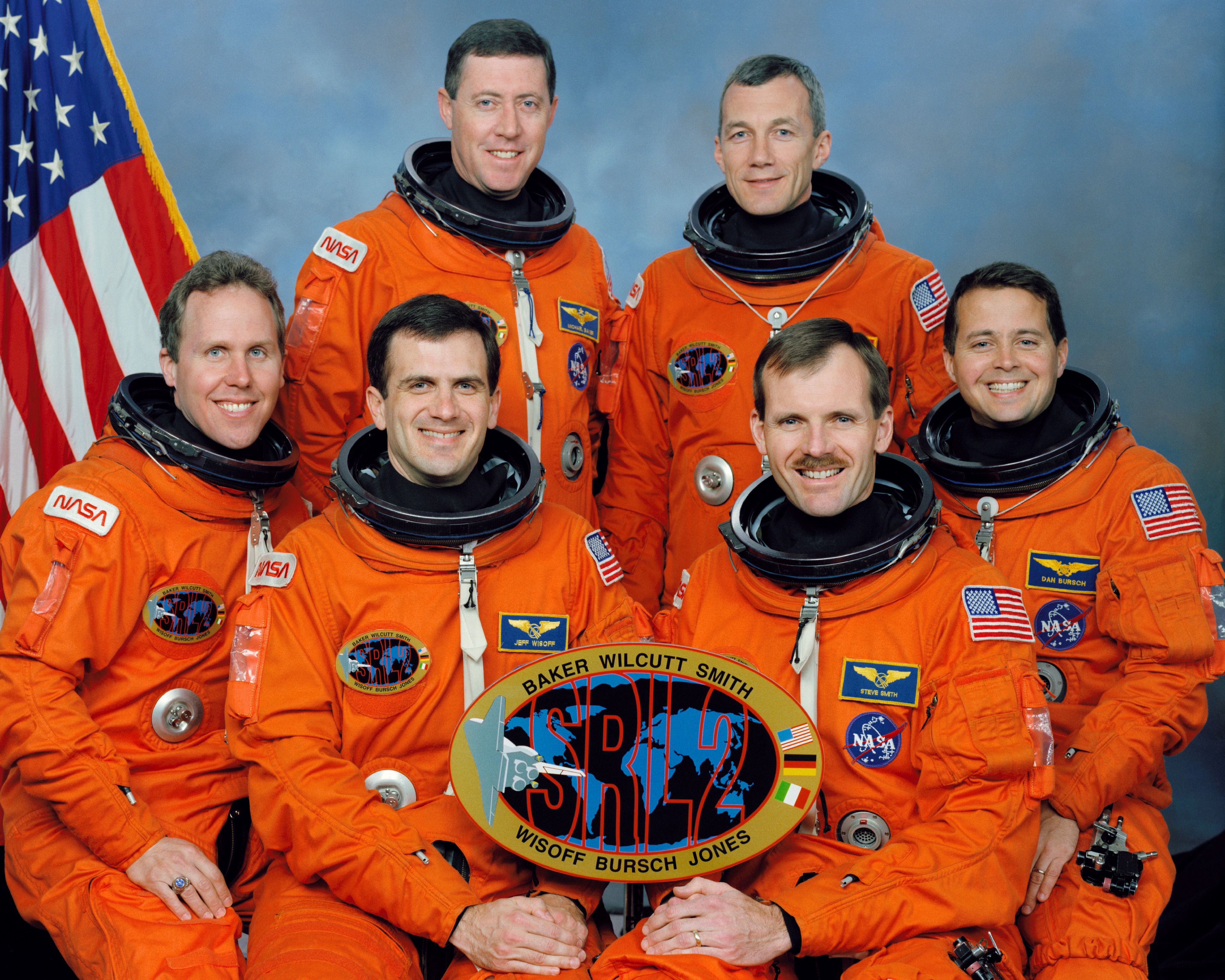
Aboard Endeavour, SRL-2 was to repeat the radar observations conducted by the SRL-1 crew a few months earlier, in order to monitor changes on Earth between late spring and late summer. The payload included the large Shuttle Imaging Radar (SIR-C) and the X-band Synthetic Aperture Radar (X-SAR) and according to Jones it was always intended that the two SRL missions would occur about six months apart, in order to capture a full seasonal “swing”. However, Jones recalled later, “competing demands on the shuttle schedule moved SRL-2 up to late summer”. As Jones strapped into Endeavour on 18 August 1994, only 120 days had passed since his return from SRL-1, and he was keenly aware that this would give him the shortest duration between two orbital space missions by any space traveler, eclipsing previous record-holder Steve Nagel.
Sadly for Jones, 18 August was not to be a day for records. And for his Bursch, it would prove crueler still.
T-0 was timed for 6:54 a.m. EDT. After strapping in on the shuttle’s middeck, Jones and Wisoff killed a little time by playing rock, paper, scissors. As the countdown resumed counting from T-9 minutes, the weather offered a promising outlook for an on-time launch. Launch Director Bob Sieck wished the astronauts good luck, to which Baker responded with heartfelt thanks for preparing them for SRL-2, a vital component of NASA’s “Mission to Planet Earth”. A few minutes later, Wilcutt activated the ship’s Auxiliary Power Units (APUs). “Here comes the vibration of the vehicle,” wrote Jones in his memoir, Skywalking. “Flight control surfaces moving, engines are cycling now with the hydraulics.”
“Go for Autosequence Start. Endeavour’s on-board computers now have primary control of all the vehicle’s critical functions…”
As the countdown ticked to the all-important T-31 seconds, control of the final stages was handed off from the Launch Control Center (LCC) to Endeavour’s suite of on-board General Purpose Computers (GPCs). It was they, and they alone, which would monitor hundreds of separate sensors and execute decisions as to whether the mission would fly today. The disembodied voice of the launch announcer echoed from loudspeakers, crisply acknowledging the seconds as they worked their way backwards toward the ignition of the three main engines, the ignition of the SRBs and a date with a high-inclination (though relatively low-altitude) orbit to radar-map the Home Planet for the next ten days.
“Twelve, eleven, ten, nine, eight, seven…”
At ten seconds, the pre-dawn darkness was punctuated by the bright cascade of sparks from the swirling hydrogen burn igniters, as they fired off to disperse unburnt gas in the vicinity of the main engine nozzles.
“We have a Go for main engine start…”
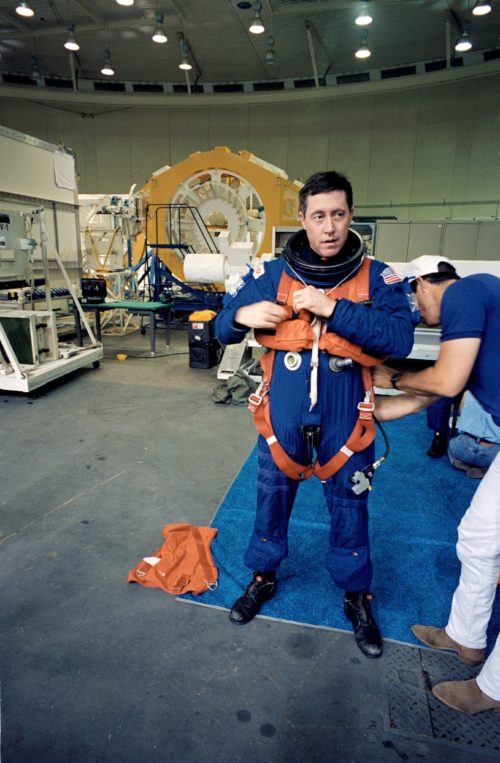
With a familiar rumble and a sheet of translucent orange flame, Endeavour’s three Space Shuttle Main Engines (SSMEs) thundered to life. From the roof of the LCC, Jones’ wife, Liz, together with their two children, the other crew families and a handful of astronaut escorts braced themselves for the upcoming crescendo of sound and vibration. “In the growing light of dawn,” Jones recalled in Skywalking, “she saw the gout of orange exhaust flare beneath the orbiter and saw the steam billow from the flame trench as the engines spooled up to full power.”
“We have three main engines running…”
All seemed normal. Then, with shocking abruptness, something went wrong.
“Three, two, one…and…we have main engine cutoff. GLS safing is in progress.”
As the Ground Launch Sequencer automatically kicked in to safe the vehicle, the three blazing engine bells suddenly fell dark and silent. For the third time in less than 18 months (and only the fifth occasion in shuttle history), a Redundant Set Launch Sequencer (RSLS) abort had been called, after engine start, necessitating an on-the-pad shutdown. However, whereas previous aborts had occurred at around T-3 seconds, STS-68 had gotten down to a mere 1.9 seconds ahead of SRB ignition. Almost immediately, cooling water was sprayed onto the hot engines and the attention of everyone in the LCC was riveted upon the Main Propulsion System (MPS) fire detectors; if any of them had tripped, the abort carried the prospects of turning into a bad day, for an invisible hydrogen fire at the base of the main engines could easily spread across the launch pad and trigger an explosion. And that would necessitate a “Mode One Egress”: a hairy evacuation of the crew from the orbiter.
“We have a cutoff of the main engines. The countdown clock has stopped.”
In the seconds which followed, an urgent flurry of acronym-laden communications passed between engineers, controllers and managers in the LCC and with the astronauts aboard Endeavour.
“We have main engine cutoff…RSLS safing is in progress…All three main engines are in post-shutdown standby…GLS is Go for orbiter APU shutdown…”
The gathered spectators at the Cape watched in alarm as the famous countdown clock starkly read T-00:00:00, yet no shuttle ascended into the heavens and only a large smudge of grey cloud rose ominously above Pad 39A. Then came the call which brought a measure of calm to the proceedings: “No MPS fire detectors tripped.” There was no evidence of fire on the pad, meaning a Mode One Egress would probably not be needed. The “white room” was moved back into position alongside Endeavour’s crew access hatch, to facilitate the departure of Baker and his men. Wilcutt shut down the three APUs. Through Endeavour’s tiny side hatch window, Jones could clearly see the Pad 39A gantry visibly swaying backwards and forwards; the vehicle was still rocking from the “twang” effect induced by the ignition of her main engines.
“The launch countdown proceeded nominally with the main engines lighting at T-6 seconds,” Wisoff told AmericaSpace. “When the main engines light, the shuttle rocks back and forth on the pad (called the twang) held down by launch bolts that will be blown when the SRBs light. We felt the rumble of the main engines starting when suddenly the master alarm klaxons went off and the engine rumble died out as the SSMEs shut down under computer control at T-1.9 sec.
“The crew trains for this type of scenario during a full-dress rehearsal of the launch a few weeks before flight. The flight crew in communication with the launch center went through their safing procedures while Tom and I, on the middeck, got unstrapped and prepared to open the hatch if necessary, to quickly egress the shuttle. My seat position determined that I would open the hatch and egress first. I noted one big difference from our dress rehearsal and that was the vehicle was still rocking back and forth on the pad as I looked through the hatch window at the orbiter access arm which had been moved back in place in case we had to egress. From my point of view, it looked like the access arm was unstable moving back and forth. Fortunately, everything was safed nominally and eventually the ground crew came and helped us out. While we waited, Tom and I retrieved the one fresh sandwich we get to take to orbit for our first space meal and consumed it on the middeck while discussing how long it would take to change out the engines so we could do our mission.”
Had the engine shutdown been triggered a couple of seconds later—after SRB ignition—it would have placed the crew in an unenviable situation of having to perform the shuttle program’s first Return to Launch Site (RTLS) abort, riding the boosters for two minutes until their expiry, then separating from them and the External Tank (ET) to perform an emergency landing, back at the Shuttle Landing Facility (SLF). “The RTLS is a daunting prospect for the crew,” wrote Jones in Skywalking. “We would have to fly the orbiter and attached ET through half an outside loop, then ride backward through our exhaust plume at Mach 5. Ditching the empty tank, we would then try to make it back to the Kennedy runway. No shuttle crew had ever flown such an emergency approach. None wanted to be the first to try.”
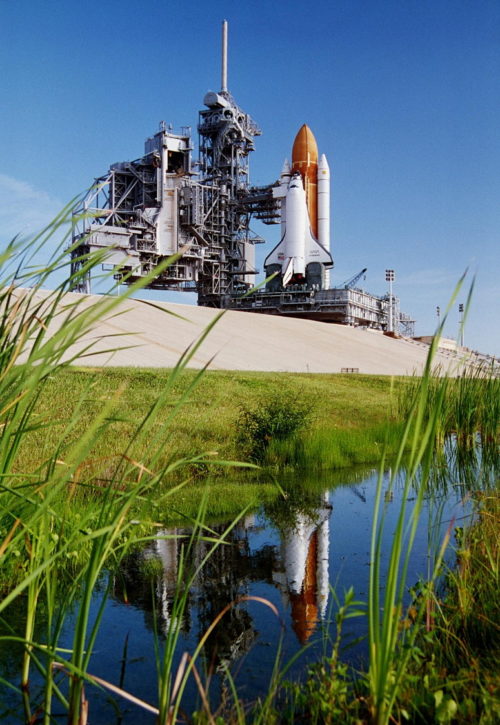
In the wake of the abort, it was necessary that Endeavour be rolled back to the Vehicle Assembly Building (VAB) for removal of the engines. Since the Mission Management Team regarded an RSLS contingency as equivalent to an actual launch this mandated a complete re-inspection of all main engines in the VAB engine shop, creating a delay of six weeks. Jones must have groaned as he lost his chance to eclipse Nagel’s record. Meanwhile, Bursch, sitting in the flight engineer’s seat behind Baker and Wilcutt, was even more unlucky, having also sat through the STS-51 pad abort a year earlier. Now, his STS-68 crewmates teased him mercilessly and, according to Jones, “he lamented that no one would be coming to another of his launch attempts”. In fact, Bursch gained an unenviable reputation as the only astronaut to sit through two RSLS aborts in his career.
In the days which followed, the attention of technicians focused upon a problem with the No. 3 main engine’s High Pressure Oxidizer Turbopump (HPOT). One of its sensors detected a dangerously high discharge temperature, which exceeded Launch Commit Criteria rules, and Endeavour’s computers halted the countdown after the Engine Start Command (ESC) had been issued. “From ESC+2.3 seconds through ESC+5.8 seconds,” explained NASA’s STS-68 post-flight report, “the HPOT discharge temperature must not exceed 1,560 degrees R[ankine]. The SSME HPOT discharged temperature Channel A attained 1,576 degrees R. The Channel B measurement attained 1,530 degrees R and that was also higher than predicted.” (Normal HPOT discharge temperatures were around 1,400 degrees R.) As a result, the No. 3 engine was commanded to shut down at 4.72 seconds after ignition, followed, within the next couple of seconds, by its No. 1 and 2 counterparts. Although the No. 3 engine had been used on two previous shuttle missions, its HPOT was new and was undertaking its first flight.
“The launch abort was like studying for a final exam, being ready to take it, and then being told go home, study some more and come back in six weeks,” Wisoff told AmericaSpace. “The training flows are designed to make you feel ready to go and a delay is always a disappointment. Since the delay would be many weeks, the one upside was we were no longer required to stay quarantined, so we were able to meet with our launch guests and families before returning to Houston for more training.”
By 24 August, the STS-68 stack was back inside the VAB, where all three main engines were removed and replaced with a flight-qualified trio earmarked for Atlantis’ forthcoming STS-66 mission in November. The troublesome No. 3 engine was transported to NASA’s Stennis Space Center in Hancock County, Miss., for an extensive period of evaluation on the test stand. It was fired for 340 seconds without difficulty on 4 September. It was used again on STS-70 in July 1995. In the meantime, Endeavour returned to Pad 39A on 13 September, with a new flight date scheduled for the 30th. Next week’s AmericaSpace history feature will look back on the remarkable STS-68 mission which imaged much of Earth’s surface and—through pure serendipity—happened to be in the right place at the right time to capture a massive volcanic eruption in progress.
.
.
FOLLOW AmericaSpace on Facebook and Twitter!
.
.




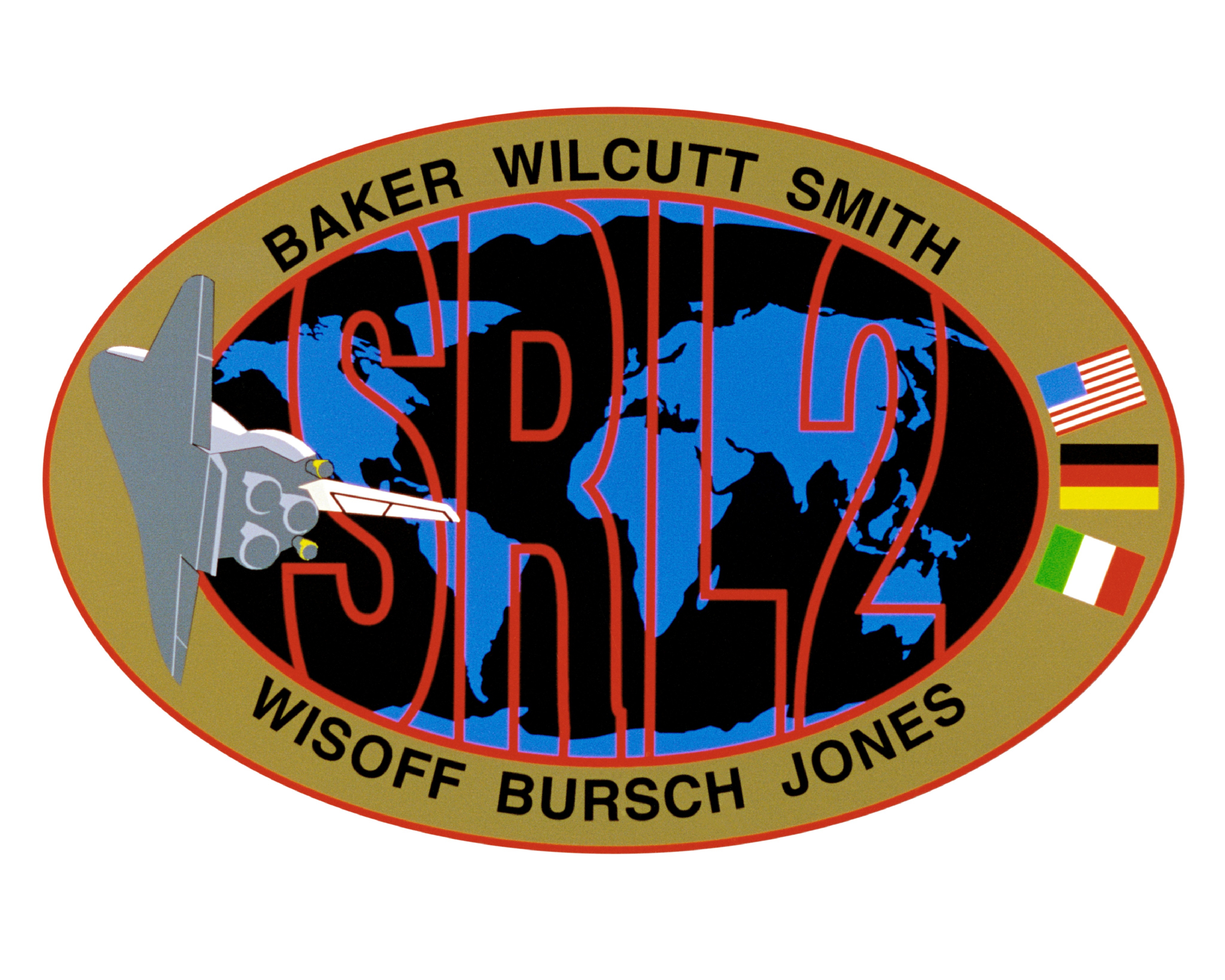
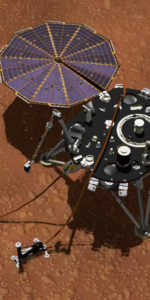
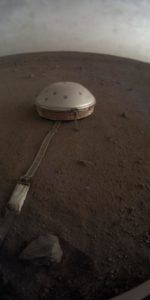
An RTLS test was proposed for the first shuttle flight and torpedoed by John Young. He said something about not wishing to commit suicide.
John Young was right. It appears that the RTLS was most likely not a feasible abort procedure. Once the solids ignited, that was it.